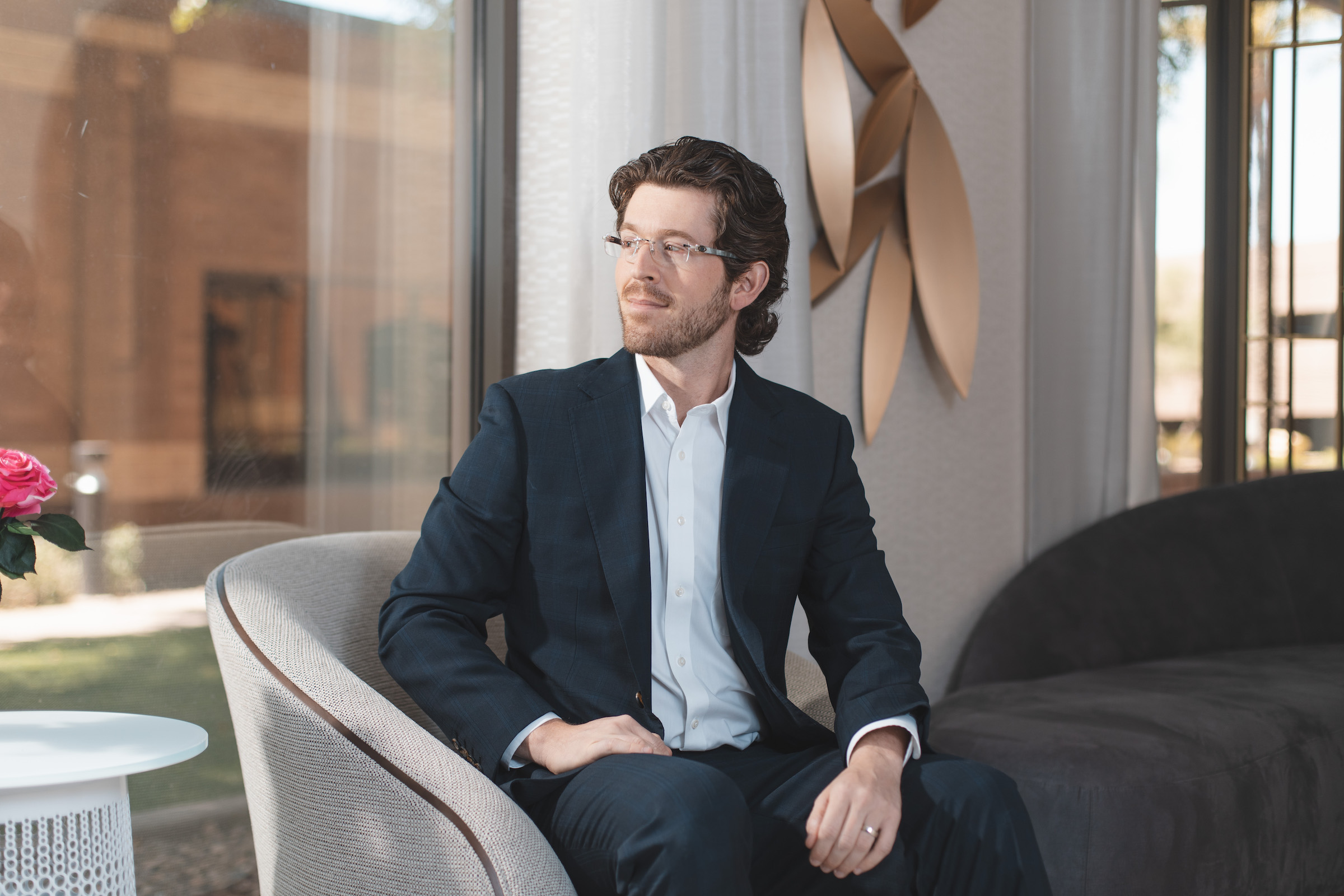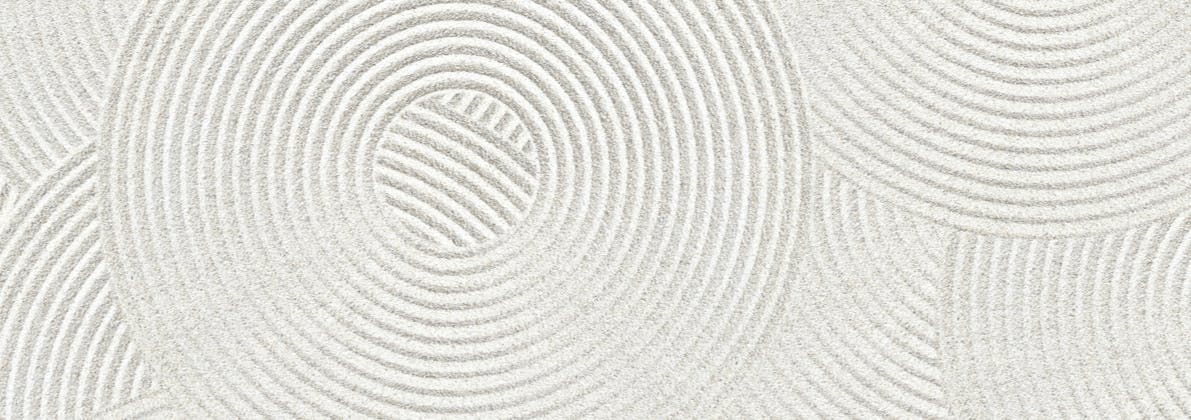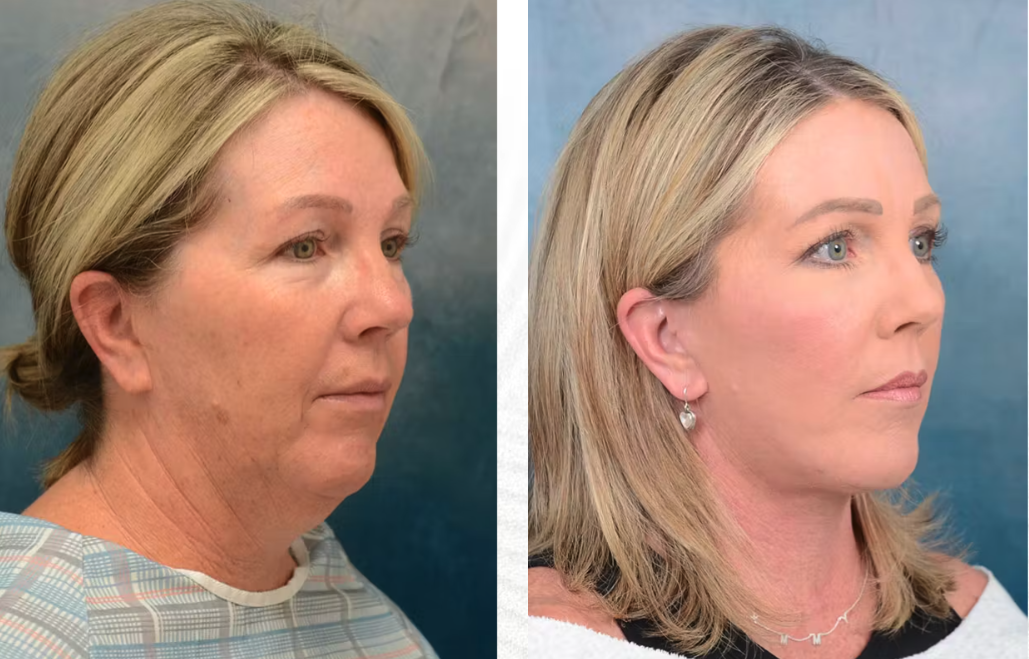
When considering a facelift, one of the most common questions patients ask is: “What technique do you use?” It’s a fair question. After all, in an age of viral social media clips, YouTube deep dives, and plastic surgery forums, terms like deep plane facelift, SMAS plication, vertical vector, and short scar are everywhere. Many patients come into consultations already familiar with different surgical approaches, and often with a preference in mind.
But here’s the truth that every experienced facial plastic surgeon understands:
The technique matters—but the surgeon matters more.
In this blog post, we’ll explore why choosing the right surgeon is far more important than obsessing over the specific technique used, how great results come from skill, judgment, and customization, and how to identify a facelift expert who can deliver results that are not only beautiful but also safe, natural, and long-lasting.
Facelift Techniques: A Quick Overview
Before diving into the “surgeon vs. technique” debate, let’s briefly review the most commonly discussed facelift methods. While each technique has its place, no single one is universally “best.” Every face is unique, and so is every surgical plan.
1. SMAS Plication or SMASectomy
These techniques involve tightening or removing a portion of the SMAS (superficial musculoaponeurotic system) layer beneath the skin. This layer is key to facial movement and support.
- Pros: Shorter operative time, safe, effective for mild-to-moderate aging
- Limitations: Less durable for more advanced facial laxity
2. Deep Plane Facelift
This advanced method lifts the skin and SMAS layer together as one unit, allowing for deeper release and repositioning of the facial fat pads and ligaments.
- Pros: Extremely natural results, long-lasting, great for advanced aging
- Limitations: Technically demanding; requires specialized expertise
3. Mini Facelift / Short Scar Facelift
A limited-incision facelift typically focused on the lower face and jawline.
- Pros: Shorter recovery, less invasive
- Limitations: Results may be more subtle or shorter-lived
4. Vertical Vector Facelift
A directional modification that repositions tissues upward (rather than backward), especially in the midface and cheek area.
Each technique has advantages, and many experienced surgeons combine elements of multiple approaches depending on the patient’s anatomy. But none of them matter if the surgeon doesn’t have the skill and judgment to use them effectively.
Why the Surgeon Matters More Than the Technique
1. Surgical Technique Is Only as Good as the Hands That Use It
A deep plane facelift in the hands of a highly trained, board-certified facial plastic surgeon can produce stunning, natural results. The same technique performed by someone without proper training or experience can lead to nerve injury, poor vectoring, or unnatural outcomes.
It’s not the tool, it’s the technician. The most complex technique in the world can’t compensate for poor anatomical knowledge, lack of surgical finesse, or bad aesthetic judgment.
Just like a Stradivarius violin doesn’t make someone a world-class musician, a surgical technique alone doesn’t guarantee excellence. The artistry lies in the execution.
2. Customization Is Key—and Only the Right Surgeon Can Deliver It
Great facelifts aren’t one-size-fits-all. The right surgeon will assess each patient’s facial structure, tissue quality, aging pattern, and aesthetic goals, then tailor the approach to that individual.
Some patients need a deep plane lift with a platysmaplasty and submandibular gland reduction. Others may need a conservative SMAS plication and fat grafting. A good surgeon doesn’t just follow a script—they write one for you.
Surgeons who are “married” to a single technique often try to fit every patient into that model, even when it’s not ideal. On the other hand, a true facelift expert adapts the technique to fit the patient, not the other way around.
3. Experience Minimizes Risk and Maximizes Outcomes
All surgery carries risk, but in facial plastic surgery, small mistakes can have outsized consequences. An inexperienced or underqualified surgeon may fail to:
- Identify and preserve facial nerves
- Achieve tension-free closure (leading to poor scars)
- Prevent pixie ear deformity or skin irregularities
- Properly address the neck when it’s needed
- Control bleeding, infection risk, or prolonged swelling
An experienced facial plastic surgeon knows how to avoid complications and how to manage them if they occur. They understand not just the technical steps, but the nuances that make the difference between a good result and a world-class one.
4. Longevity Depends on Technique, Precision, and Tissue Handling
The durability of a facelift result isn’t just about how deep you go, it’s about how skillfully you release and reposition. A deep plane facelift done poorly will not last. A conservative lift done expertly can age gracefully over time.
The key to long-lasting results is structural support, natural movement, and precise tissue handling—hallmarks of excellent surgical craftsmanship.
Red Flags: When “Technique” Becomes a Marketing Gimmick
In the world of aesthetic surgery, buzzwords can sometimes overshadow substance. Some practices market branded or trademarked techniques with catchy names, but behind the scenes, these often refer to conventional facelift methods repackaged for promotion.
Watch out for:
- “Signature” lifts that aren’t backed by published results
- Claims of “scarless” or “non-surgical” facelifts (true facelifts require incisions)
- Excessive promises around recovery time or outcome
- Lack of before-and-after galleries showing a range of patients
When a practice leans too heavily on branding a technique, it’s often a distraction from what really matters: experience, outcomes, and patient trust.
What to Look for in a Facelift Surgeon
Instead of asking only “what technique do you use?”, here are better questions to ask during a facelift consultation:
Are you board certified in facial plastic surgery?
Look for certification from the American Board of Facial Plastic and Reconstructive Surgery (ABFPRS) or the American Board of Otolaryngology–Head and Neck Surgery (ABOto), both of which indicate rigorous training in facial anatomy and aesthetics.
How many facelifts do you perform annually?
Volume matters. Surgeons who perform a high number of facelifts each year are more likely to have refined their technique and results.
Do you specialize exclusively in the face?
Facelift surgery requires intricate knowledge of facial anatomy. Surgeons who limit their practice to facial procedures typically have more depth of expertise than general plastic surgeons who divide time across the body.
Can I see a wide range of before-and-after photos?
Look for consistency in outcome, natural appearance, and improvements in areas like the cheeks, jawline, and neck. Ask to see patients of similar age and anatomy to you.
What is your approach to the neck and deep structures?
A surgeon who consistently addresses deeper tissues, not just skin, will produce longer-lasting, more natural-looking results.
Do you personalize your approach?
Every patient should receive a tailored plan based on their unique goals and facial structure. Cookie-cutter facelifts rarely yield ideal outcomes.
The Emotional Cost of Choosing the Wrong Surgeon
Poor surgical results aren’t just aesthetic disappointments, they come with real emotional and financial consequences:
- Loss of confidence or regret
- Need for revision surgery (which is always more complex and expensive)
- Extended downtime or healing issues
- Anxiety around future aesthetic procedures
Facelift surgery is an investment, not just in your appearance, but in your emotional well-being. Choosing the wrong surgeon can delay or derail the journey to feeling like your best self.
Case in Point: Why Our Patients Prioritize the Surgeon, Not the Hype
At Starkman Facial Plastic Surgery, we often see patients who’ve done hours of research on facelift techniques. Many ask about deep plane vs. SMAS lifts. We welcome these questions, but what matters most is that they trust our expertise in choosing the right method for them.
We don’t believe in a “signature lift” or flashy branding. Instead, we believe in artistry, technical precision, and long-term partnership. Every facelift is custom-planned using the techniques that will best achieve the patient’s goals, no more, no less.
Our patients don’t just choose a facelift, they choose a facial plastic surgeon who performs over 180 facelifts each year, has written textbook chapters on facelift surgery, and is trusted by patients and surgeons alike to deliver beautiful, natural results that hold up over time.
Conclusion: The Right Technique in the Right Hands
Yes, technique matters. A deep plane facelift offers powerful, natural rejuvenation for the right patient. A SMAS plication may be perfect for another. A well-executed endoscopic brow lift or deep neck lift can enhance a facelift’s outcome.
But none of that matters if the surgeon using those techniques doesn’t have the judgment, skill, and vision to use them correctly.
In the end, it’s not about choosing the trendiest method, it’s about choosing the most qualified, experienced, and artistically attuned surgeon to guide you through the process. The right surgeon won’t just talk about techniques, they’ll talk about you: your goals, your anatomy, your timeline, and your future.
If you’re considering a facelift, don’t just shop for a procedure. Invest in a partnership with a surgeon who sees the whole picture and knows how to bring it to life.
Thinking About a Facelift?
Dr. Starkman is a double board-certified facial plastic surgeon and one of the most experienced deep plane facelift specialists in the country. To learn more or schedule a private consultation, contact Starkman Facial Plastic Surgery in Scottsdale today.



